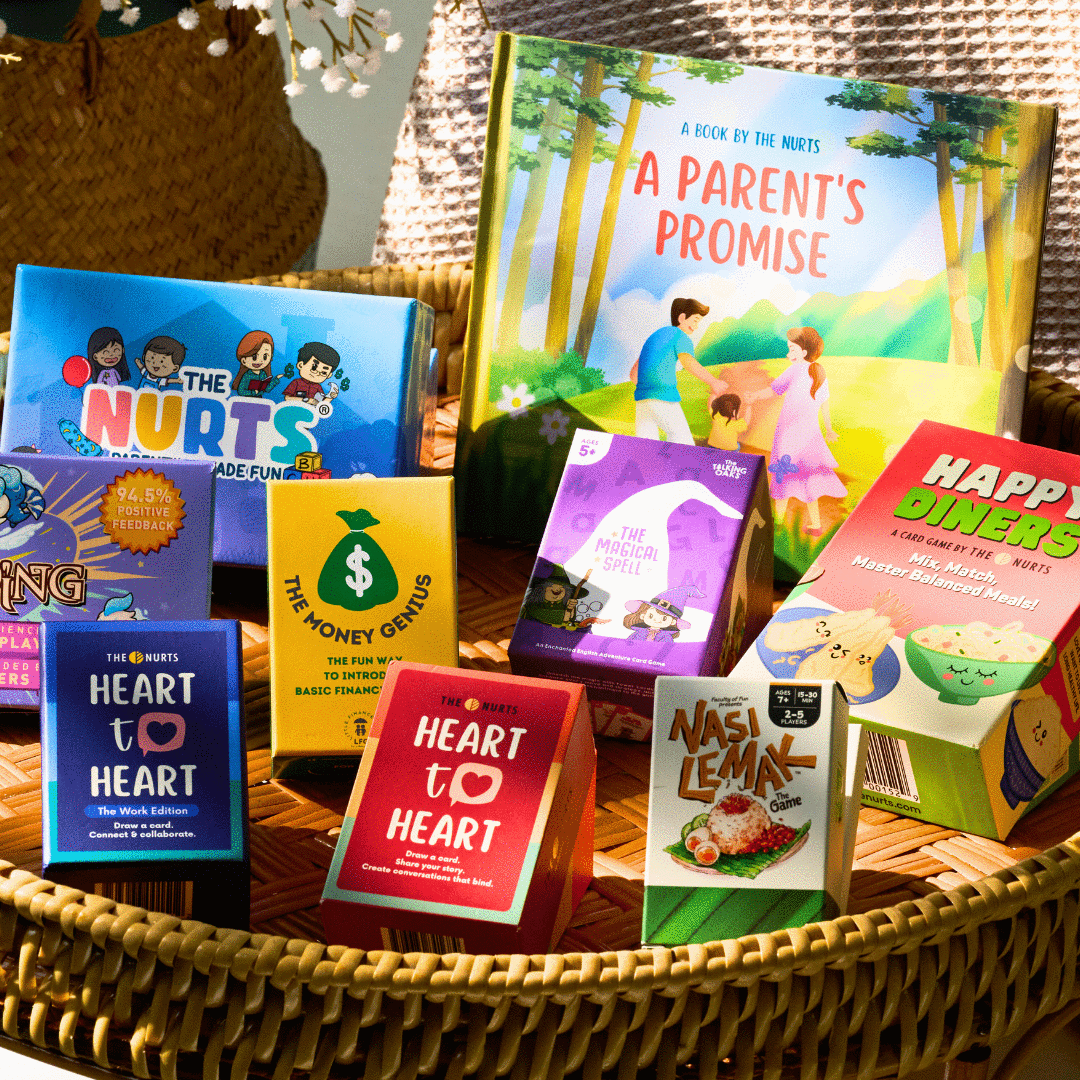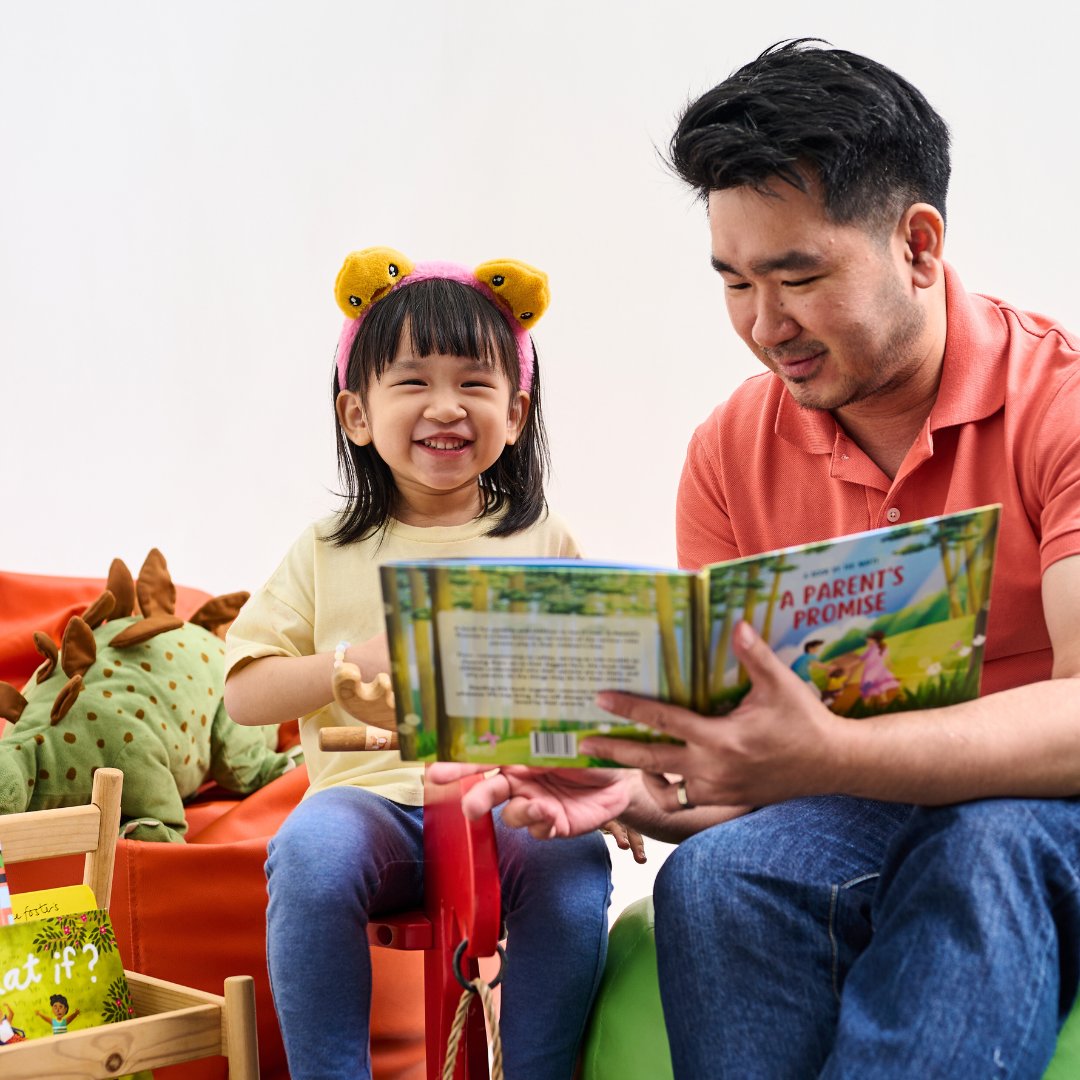Guided play involves adult guidance and intervention to enhance a child's learning experience within specific learning goals. It combines structure with freedom for children to explore and make choices, fostering skill development and autonomy. On the other hand, non-guided play is child-led and allows for open-ended exploration and imaginative activities without adult direction. It promotes creativity, problem-solving, social interaction, and independence.
Guided play and non-guided play are two important types of play that contribute to a child's overall development. Balancing these two forms of play is crucial as it allows children to benefit from both structured learning and free exploration.
The importance of guided play are:
1. Provides structured learning
Guided play provides opportunities for children to engage in purposeful activities that promote cognitive, emotional, and physical development, depending on the activity. Adults offer support, ask open-ended questions, and encourage children to think critically and solve problems. For example, an activity needs children to sort objects by attributes like color, size, or shape while the adult asks questions like, "Can you sort these blocks by color? How many groups can you create?"
2. Skill development
Through guided play, children can acquire and practice new skills in a supportive environment. Adults can introduce concepts, demonstrate techniques, and provide feedback to help children build competence in various areas, such as language, math, and social skills.
One way to enhance their learning experience is through The Nurts Card Game. These cards can double as fun and engaging content while offering educational value. For example, children can learn about occupations, food, musical instruments, buildings, and many more through the beautiful illustrations on the cards. Adults can use these cards to initiate discussions, ask questions, and encourage children to expand their knowledge in a playful and interactive manner.
3. Confidence building
Guided play allows children to gain confidence as they receive guidance and positive reinforcement from adults. For example, when a child builds a complex block structure, the adult may say "You're doing great! Let's try placing the larger blocks as the base for stability." This boosts the child's confidence and empowers them to explore and take on challenges with self-assurance.
4. Learning transfer
Guided play facilitates the transfer of knowledge and skills to real-life situations. For example, children learn about color mixing in a science experiment and apply this knowledge to confidently mix colors when painting a picture. Children can apply what they have learned in guided play settings to other contexts, enhancing their ability to generalize and adapt their learning.
Next, we will discuss the importance of non-guided play, which are:
1. Encourages creativity and imagination
Non-guided play encourages children to tap into their creativity, imagination, and divergent thinking skills. They have the freedom to invent their own games, stories, and scenarios, which supports their cognitive development and fosters a sense of wonder and exploration. For example, children can create an imaginary world in the backyard using natural materials. They invent a game where they become explorers in a mysterious jungle, encountering wild animals and solving challenges.
2. Promotes social development
Non-guided play promotes social interactions, cooperation, and negotiation among children. It enhances their communication skills, empathy, and understanding of social dynamics. For instance, children build a fort together using blankets and cushions. They cooperate, negotiate, and assign roles while discussing ideas and making decisions.
3. Emotional regulation
Free play offers children the freedom to express and regulate their emotions. It allows them to navigate and manage their feelings, promoting emotional intelligence and resilience. During free play, a child might encounter a scenario where their imaginary friend gets upset and starts crying. The child has the freedom to respond in various ways, such as comforting their friend, finding a solution to the problem, or expressing their own emotions.
4. Independence and self-discovery
Non-guided play empowers children to make choices, explore their interests, and take ownership of their play experiences. It promotes independence, self-directed learning, and self-discovery. In non-guided play, a child explores a room filled with art supplies, musical instruments, and building blocks. They choose what interests them, such as painting with watercolors, experimenting with sounds on a musical instrument, or constructing with blocks.
We have covered the importance of both guided and non-guided play. Here’s how to balance them:
- Offer varied play experiences by providing structured activities and open-ended play options.
- Follow children's interests by incorporating their passions into guided play experiences.
- Encourage independent play in children by allowing time for free exploration and problem-solving.
- Support children while allowing independent thought.
- Foster individual and group play to promote both solitary and collaborative play.
- Use open-ended materials by providing toys that encourage imagination and creativity.
Understanding the importance of both guided play and non-guided play is crucial for fostering a well-rounded and enriching play experience for children. By striking a balance between these two types of play, we can create a nurturing environment that allows children to thrive. Play is not just a source of entertainment; it is a powerful tool for learning and growth. Let's embrace the magic of play and create a joyful and meaningful journey for our children.
Stay updated with the latest tips and resources for nurturing your children by signing up for our newsletter. Receive exclusive content, activity ideas, and more directly to your inbox. Visit our website to subscribe today!
References:
- https://mybrightwheel.com/blog/guided-play
- https://helpmegrowmn.org/HMG/HelpfulRes/Articles/WhyUnstructure/index.html#:~:text=It%20specifically%20helps%20creativity%20and,is%20important%20to%20cognitive%20development.
- https://www.playgroundcentre.com/unstructured-vs-structured-play/
- https://www.parentcircle.com/importance-benefits-of-free-play-unstructured-play-for-children/article
- https://timekidspreschools.in/parenting-blog/?p=375







